In March 2025, Google released one of its most impactful broad core updates to date—rolling out globally from March 13 to March 27. Unlike algorithmic penalties that target specific violations, this core update aimed to refine how Google assesses content quality, relevance, and user trust across the web. As expected, the update triggered significant SERP volatility, particularly in industries like health, finance, and e-commerce—sectors where authority and trustworthiness are paramount.
Whether your website saw sudden ranking drops, a surprising traffic boost, or stayed relatively stable, understanding this update is crucial for long-term success. Core updates like this one aren’t about “fixing” individual issues—they’re about system-wide improvements to how Google ranks pages based on their overall value to users. The March 2025 Core Update underscores a consistent message from Google: create helpful, people-first content backed by real expertise.
This comprehensive guide breaks down what changed, who gained or lost, and—most importantly—what you can do to adapt and thrive in a post-update landscape. From E-E-A-T (Experience, Expertise, Authoritativeness, Trustworthiness) signals to technical SEO, local search visibility, and content strategy, we’ll help you make sense of the update and craft a future-proof SEO plan.
What Is a Google Core Update and Why It Matters
A Google Core Update is a broad and systemic improvement to Google’s overall search algorithm. Unlike spam updates or product reviews updates that target specific types of content or behavior, core updates influence how Google assesses and ranks all content on the web. These updates happen several times a year, and each one may have varying levels of impact depending on how websites align with Google’s evolving quality standards.
Why Do Core Updates Matter?
Core updates are essential for keeping Google Search relevant and helpful. With billions of searches performed daily, Google’s primary mission remains the same: deliver the most useful and trustworthy results based on the searcher’s intent. Core updates fine-tune how signals like content depth, page experience, backlink profile, and site authority are interpreted.
For website owners and marketers, core updates matter because they can significantly impact your:
- Search rankings
- Organic traffic
- Click-through rates
- Revenue and conversions
If your site’s performance dropped after the Google March 2025 Core Update, it doesn’t necessarily mean you’ve done something “wrong.” Instead, other content may now be deemed more relevant or authoritative based on updated ranking signals.
Tip: Instead of reacting by making hasty changes, take a systematic approach. Begin with a comprehensive SEO audit—our SEO audit checklist can help you identify technical and content gaps.
Core Updates vs. Manual Penalties
It’s also important to distinguish between a Google core update and a manual action:
| Core Update | Manual Penalty |
|---|---|
| Algorithmic, automatic, and global | Applied by Google’s webspam team manually |
| Affects all sites based on ranking signals | Targets a specific site for violating guidelines |
| No direct notification in Search Console | Notification sent via Google Search Console |
| Requires content and strategy refinement | Requires fixing the violation and submitting a reconsideration request |
If you’re unsure whether you’ve been hit by a core update or a penalty, our Google Penalty Recovery Services offer expert diagnosis and recovery plans tailored to your situation.
What Changed in the March 2025 Core Update?
The Google March 2025 Core Update is being widely considered one of the most significant and far-reaching updates in recent years. Unlike previous core updates, which focused on subtle refinements, the March 2025 update introduced major algorithmic shifts aimed at improving content quality evaluation, user intent matching, and devaluing low-quality content at scale.
This update was rolled out over several weeks, starting March 5, 2025, and concluded by the end of April. Here’s a breakdown of the most impactful changes:
1. Stronger Emphasis on “Helpful Content”
Google’s Helpful Content System, initially launched in 2022, was further integrated into the core algorithm with this update. This means that sites producing unoriginal, thin, or AI-generated content at scale were devalued significantly. The emphasis was on:
- First-hand expertise
- Depth of analysis
- Unique insights over rewritten or aggregated content
2. AI-Content Detection Integration
One of the biggest talking points in the SEO community is Google’s expanded ability to detect AI-generated content.
While AI-assisted writing isn’t penalized per se, content that lacks originality, depth, or value-addition compared to competitors is now more likely to rank lower.
Tip – To know more about AISEO, read our blog- AI SEO Strategies for 2025
3. Link Spam and Expired Domain Abuse
Google confirmed the update included stronger link spam detection and signals to devalue manipulative backlinks, particularly:
- Backlinks from private blog networks (PBNs)
- Purchased links disguised as guest posts
- Abusive use of expired domains to redirect authority
4. Enhanced User Intent Matching
The algorithm has improved its understanding of search intent, particularly for:
- Long-tail queries
- Transactional vs. informational content
- Regional/local variations
This means pages that don’t fully satisfy user expectations, even if optimized with the right keywords, are being outranked by better-structured, user-centric content.
Must read- Why Local SEO Marketing is Important For Your Business
5. Greater Weight on E-E-A-T (Experience, Expertise, Authoritativeness, Trustworthiness)
E-E-A-T continues to play a foundational role, with “Experience” being the defining theme in this update. Google is rewarding content created by:
- Verified subject matter experts
- Sites that demonstrate topical authority
- Brands with consistent, high-quality digital presence
For example, author bios, about pages, and content transparency are now more influential than ever.
Our guide on Google E-E-A-T Content Quality Checklist For Higher Rankings walks you through how to strengthen trust signals on your website.
6. De-Indexing of Low-Value Pages
In an aggressive move to clean up the SERPs, Google de-indexed millions of low-quality or low-engagement pages during the March 2025 rollout. This included:
- Empty tag/category pages
- Doorway pages
- Duplicate or near-duplicate content
- “Zombie” blog posts with no traffic or backlinks
If your site saw a drop in indexed pages, conduct a crawl analysis and prune underperforming content strategically.
Summary of Key March 2025 Update Focus Areas:
| Update Component | Change Introduced |
|---|---|
| Helpful Content | More integrated with core algorithm |
| AI Content Detection | Devaluation of low-value AI-generated content |
| Link Spam & Domain Abuse | Crackdown on manipulative backlinks and expired domains |
| Search Intent Matching | More accurate alignment of content with user search intent |
| E-E-A-T | Elevated importance of content creator’s experience |
| Index Pruning | De-indexing of thin, outdated, or non-engaging pages |
How to Know If You’ve Been Affected by the March 2025 Update
Understanding the Impact of the Google March 2025 Core Update
As with any major core update, Google doesn’t penalize specific websites—it reassesses the value and relevance of content across the web. That means some sites naturally gain visibility, while others lose rankings. The key question most businesses are asking is:
“Was my site affected by the March 2025 update?”
Let’s break down the signs and tools you can use to evaluate your site’s performance post-update.
1. Sudden Drop in Organic Traffic (Without a Technical Cause)
One of the most obvious signs of an update impact is a noticeable dip in organic traffic—especially if the decline:
- Aligns with the March 5–April 29 update rollout period
- Affects multiple pages or entire content clusters
- Is not explained by seasonal trends, site changes, or technical issues
Pro Tip: Use Google Analytics 4 (GA4) and segment traffic by source to isolate “organic search” performance.
If you’re unsure how to interpret the data, explore our SEO audit services for a professional analysis.
2. Keyword Rankings Have Dropped Abruptly
Another red flag is a decline in keyword rankings, particularly:
- Losing positions for top-converting pages
- Being outranked by lower-authority competitors
- Keyword cannibalization or fluctuation for previously stable terms
Use tools like:
- Google Search Console (Performance tab → Date comparison)
- SEMrush or Ahrefs to track visibility trends
- RankMath Analytics or Yoast SEO Insights (if you’re using WordPress)
Learn how to regain lost rankings with our blog: Recovering from Google Algorithm Updates
3. Increase in Deindexed or Excluded Pages
The March 2025 update aggressively de-indexed thin and irrelevant content. Check:
- Google Search Console → “Pages” tab
- Look for “Crawled – currently not indexed” or “Discovered – currently not indexed”
- Review content quality of those URLs
Insight: Pages with duplicate content, outdated information, or no user engagement are common targets.
4. “Helpful Content” Warning or Spam Issues in GSC
Although not always directly related to core updates, Google occasionally flags sites for site-wide content issues.
- Go to GSC > Manual Actions and Security & Manual Penalties
- Check for any notices related to spam, AI content, or manipulative behavior
If you receive such a notification, it likely means your site has violated Google’s quality guidelines.
Learn how to resolve these with our Google Penalty Recovery Services
5. Your Top Pages Are No Longer Ranking on Page 1
Use a pre/post update comparison to see if your top-performing pages have dropped in visibility:
| Metric | Before March 2025 | After March 2025 |
|---|---|---|
| Average Page Position | 4.2 | 12.8 |
| Organic Clicks | 850 | 370 |
| Bounce Rate | 52% | 70% |
If the above trend is visible on multiple pages, your site is likely affected.
6. Sudden Drop in Leads or Sales from Organic Channel
Sometimes the first sign of an update hit is not visible in data—but in conversion rates.
- Have contact form inquiries slowed down?
- Are fewer users downloading resources or making purchases?
- Is there a drop in organic phone calls?
Even if traffic looks steady, a quality shift in visitor intent (due to ranking changes) could result in fewer conversions.
Benchmark Your Site Against Competitors
It’s also helpful to compare your visibility with top competitors. Use:
- Ahrefs’ Content Gap Tool
- SEMrush’s Competitor Domain Analytics
- Google Search → Incognito Mode to check live SERP placement
To gain better insights read – How to Use the Google Search Console Links Report
What to Do If You’ve Been Affected
If you’ve identified a drop in visibility due to the March 2025 Core Update:
- Don’t panic or rush to make drastic changes
- Focus on improving content quality, E-E-A-T, and technical health
- Start building a long-term content authority strategy
Google’s Guidance on Core Updates – What They Recommend
When a core update like the Google March 2025 Core Update rolls out, many site owners are left asking:
“What should I do now?”
Google has repeatedly emphasized that core updates are not penalties, but rather recalibrations of how content is ranked to better match search intent.
Let’s explore what Google officially recommends — and how you can act on it effectively.
1. Focus on Creating Helpful, Reliable, People-First Content
Google’s central advice, especially since the Helpful Content Update, has been to create content for people, not search engines.
Ask yourself:
- Is the content written by someone with genuine expertise?
- Does it provide original insights or research?
- Is it trustworthy, accurate, and fact-checked?
- Would someone bookmark, share, or recommend it?
Internal Tip: Align your strategy with Google’s Search Quality Rater Guidelines, especially the concept of E-E-A-T (Experience, Expertise, Authoritativeness, Trustworthiness).
2. Conduct a Comprehensive Content Audit
Google recommends auditing your content and removing, rewriting, or improving underperforming or outdated pages. This is especially important if:
- You have thin content (<500 words)
- Pages have high bounce rates and low time-on-site
- There’s overlapping content targeting the same keywords
Use tools like:
- Google Search Console (Look at impressions vs. clicks)
- Screaming Frog or Sitebulb to crawl and analyze content performance
- Surfer SEO or Frase.io for semantic relevance enhancement
Need help? Check our SEO Content Optimization Services
3. Improve E-E-A-T Across the Website
While Google doesn’t have a direct E-E-A-T score, it rewards websites that demonstrate authority and trust.
Ways to improve E-E-A-T:
- Add author bios with credentials on blog posts
- Link to reputable third-party sources (e.g., government, .edu, or industry leaders)
- Include testimonials, case studies, and media mentions
- Use HTTPS, clear contact pages, and about sections
4. Ensure Technical Health and Site Usability
While content is king, technical SEO is the foundation.
Google recommends:
- Fast page load speed (use PageSpeed Insights)
- Mobile responsiveness
- Clean code and proper use of headings
- Structured data markup for articles, reviews, etc.
- Avoiding intrusive popups or poor UX design
5. Monitor Performance — But Don’t React Hastily
Google cautions against making knee-jerk changes during an update rollout.
“We suggest focusing on ensuring you’re offering the best content you can. That’s what our algorithms seek to reward.”
— Google Search Central Blog
Instead:
- Track trends over a 2–3 week window
- Compare month-on-month data, not just day-by-day
- Prioritize content quality over quantity
6. Use Google’s Official Tools and Documentation
Stay aligned with Google’s expectations by regularly reviewing:
Summary: What Google Wants in 2025
| Priority | Focus Areas |
|---|---|
| Content | Original, insightful, human-first |
| Expertise | Author bios, credentials, real-world experience |
| Trust | Reviews, third-party citations, transparency |
| Technical | Speed, mobile-friendliness, structured data |
| Intent Alignment | Answer real user queries clearly and completely |
By adhering to Google’s guidance, not only can you recover lost rankings, but you’ll also build a stronger, more future-proof web presence.
How to Recover from a Google Core Update Drop (Step-by-Step)
If your website saw a decline in rankings or traffic after the Google March 2025 Core Update, don’t panic. Recovery is possible, but it requires patience, analysis, and a strategic approach.
Here’s a step-by-step roadmap to diagnose the issue and guide your site back to stronger visibility:
Step 1: Identify Which Pages Dropped
Use Google Search Console to pinpoint drops in impressions, clicks, and average position.
Key filters to apply:
- Date range: Compare 28 days before vs. after the update rollout.
- Filter by queries, pages, or countries depending on your audience.
- Pay attention to your top landing pages that lost traction.
Tip: Tag affected pages in a content tracker spreadsheet to organize your audit.
Explore our SEO Audit Checklist for a more technical approach.
Step 2: Analyze the Content Quality of Dropped Pages
Now, evaluate each page critically. Ask:
- Does the content answer the search intent clearly?
- Is the title compelling and aligned with the query?
- Are you offering unique value compared to competitors?
Use tools like:
- Frase or Surfer SEO to compare your content semantically with top-ranking competitors.
- Ahrefs Content Gap tool to see what your competitors rank for that you don’t.
Also read: How to Rank on the Top of Google Search ResultsHow to Optimize Blog Content for SEO in 2025
Step 3: Refresh, Consolidate, or Remove Content
Google’s core updates often affect sites with:
- Thin content (low word count and shallow insights)
- Duplicate content
- Outdated or factually incorrect info
Solutions:
- Rewrite thin pages to add value.
- Consolidate multiple similar articles into a single, comprehensive guide.
- Redirect or remove low-performing content that doesn’t align with your goals.
Our Content Writing Services can help revamp outdated pages into SEO powerhouses.
Step 4: Fix Technical SEO and UX Issues
If your site has technical issues, even great content can fail.
Checklist:
- Broken internal links
- Slow loading times (Target <2.5s)
- No SSL certificate or mobile-friendliness issues
- Missing meta tags or canonicalization issues
Recommended Tools:
- Screaming Frog
- Google PageSpeed Insights
- Mobile-Friendly Test by Google
- Semrush Site Audit
Step 5: Strengthen E-E-A-T Signals
To recover rankings, you need to demonstrate authority and trustworthiness — not just in your content, but site-wide.
Add or improve:
- Author pages with credentials, social proof, and experience
- Third-party mentions (link to news, research, .gov, or .edu sources)
- Testimonials, client logos, and case studies
- Transparent policies (about, contact, privacy policy, T&C)
Step 6: Improve Your Backlink Profile
Backlinks remain a critical ranking factor, and core updates often devalue low-quality links.
What to do:
- Conduct a backlink audit via Ahrefs or Semrush.
- Disavow spammy or toxic domains using Google’s Disavow Tool
- Acquire high-quality backlinks through guest posts, PR, and linkable assets
Check our Link Building Packages for quality link outreach services.
Step 7: Be Patient and Consistent
Recovery from a core update may take weeks or even months. Google needs to re-crawl, re-index, and re-evaluate your site over time.
“There’s nothing wrong with pages that may perform less well in a core update. They haven’t violated our guidelines… they haven’t been subjected to a manual or algorithmic action. Instead, the changes are about improving how our systems assess content overall.”
— Google Search Central
Stay the course. Continue improving content and technical quality regardless of short-term dips.
Recap: Your March 2025 Update Recovery Checklist
| Task | Tool/Resource |
|---|---|
| Identify drops in traffic | Google Search Console |
| Audit and update content | Frase, Surfer SEO, Manual Review |
| Fix technical errors | Screaming Frog, PageSpeed Insights |
| Improve E-E-A-T | Add author bios, reviews, case studies |
| Clean backlink profile | Ahrefs, Google Disavow Tool |
| Acquire quality backlinks | Link Building Packages |
| Be consistent & track progress | Google Analytics, GSC, SEO tools |
How to Recover from a Google Core Update Drop (Step-by-Step)
If your website saw a decline in rankings or traffic after the Google March 2025 Core Update, don’t panic. Recovery is possible, but it requires patience, analysis, and a strategic approach.
Here’s a step-by-step roadmap to diagnose the issue and guide your site back to stronger visibility:
Step 1: Identify Which Pages Dropped
Use Google Search Console to pinpoint drops in impressions, clicks, and average position.
Key filters to apply:
- Date range: Compare 28 days before vs. after the update rollout.
- Filter by queries, pages, or countries depending on your audience.
- Pay attention to your top landing pages that lost traction.
Tip: Tag affected pages in a content tracker spreadsheet to organize your audit.
Explore our SEO Audit Checklist for a more technical approach.
Step 2: Analyze the Content Quality of Dropped Pages
Now, evaluate each page critically. Ask:
- Does the content answer the search intent clearly?
- Is the title compelling and aligned with the query?
- Are you offering unique value compared to competitors?
Use tools like:
- Frase or Surfer SEO to compare your content semantically with top-ranking competitors.
- Ahrefs Content Gap tool to see what your competitors rank for that you don’t.
Step 3: Refresh, Consolidate, or Remove Content
Google’s core updates often affect sites with:
- Thin content (low word count and shallow insights)
- Duplicate content
- Outdated or factually incorrect info
Solutions:
- Rewrite thin pages to add value.
- Consolidate multiple similar articles into a single, comprehensive guide.
- Redirect or remove low-performing content that doesn’t align with your goals.
Our Content Writing Services can help revamp outdated pages into SEO powerhouses.
Step 4: Fix Technical SEO and UX Issues
If your site has technical issues, even great content can fail.
Checklist:
- Broken internal links
- Slow loading times (Target <2.5s)
- No SSL certificate or mobile-friendliness issues
- Missing meta tags or canonicalization issues
Recommended Tools:
- Screaming Frog
- Google PageSpeed Insights
- Mobile-Friendly Test by Google
- Semrush Site Audit
Step 5: Strengthen E-E-A-T Signals
To recover rankings, you need to demonstrate authority and trustworthiness — not just in your content, but site-wide.
Add or improve:
- Author pages with credentials, social proof, and experience
- Third-party mentions (link to news, research, .gov, or .edu sources)
- Testimonials, client logos, and case studies
- Transparent policies (about, contact, privacy policy, T&C)
Step 6: Improve Your Backlink Profile
Backlinks remain a critical ranking factor, and core updates often devalue low-quality links.
What to do:
- Conduct a backlink audit via Ahrefs or Semrush.
- Disavow spammy or toxic domains using Google’s Disavow Tool
- Acquire high-quality backlinks through guest posts, PR, and linkable assets
Check our blog – Effective Link Building Techniques That Work for quality link outreach services.
Step 7: Be Patient and Consistent
Recovery from a core update may take weeks or even months. Google needs to re-crawl, re-index, and re-evaluate your site over time.
“There’s nothing wrong with pages that may perform less well in a core update. They haven’t violated our guidelines… they haven’t been subjected to a manual or algorithmic action. Instead, the changes are about improving how our systems assess content overall.”
— Google Search Central
Stay the course. Continue improving content and technical quality regardless of short-term dips.
Recap: Your March 2025 Update Recovery Checklist
| Task | Tool/Resource |
|---|---|
| Identify drops in traffic | Google Search Console |
| Audit and update content | Frase, Surfer SEO, Manual Review |
| Fix technical errors | Screaming Frog, PageSpeed Insights |
| Improve E-E-A-T | Add author bios, reviews, case studies |
| Clean backlink profile | Ahrefs, Google Disavow Tool |
| Acquire quality backlinks | Link Building Packages |
| Be consistent & track progress | Google Analytics, GSC, SEO tools |
Future-Proofing Your SEO Strategy After Core Updates
Recovering from a core update is only half the battle. The real win lies in future-proofing your SEO so that your website remains resilient, adaptive, and consistently aligned with Google’s evolving standards.
Here’s how to create a long-term SEO strategy that protects your rankings — no matter what update rolls out next.
1. Shift from SEO Tactics to SEO Strategy
If you’re chasing quick wins with keyword stuffing, over-optimization, or shady link practices, you’re vulnerable.
Instead, build a sustainable SEO framework:
- Focus on topic clusters instead of individual keywords.
- Create pillar pages and interlink them logically.
- Develop a content calendar that aligns with user intent, not just volume.
2. Consistently Publish High-Value Content
Google’s updates reward sites that continuously add helpful, updated, original content.
Best practices:
- Answer specific user queries with deep insight.
- Use FAQs, stats, visuals, and expert quotes to add value.
- Update old posts quarterly to keep them relevant.
Explore our Content Writing Services for SEO-optimized articles, guides, and blogs.
3. Embrace the E-E-A-T Philosophy as a Brand Culture
Rather than viewing E-E-A-T (Experience, Expertise, Authoritativeness, and Trustworthiness) as just an SEO concept, bake it into your website architecture and brand messaging.
Key steps:
- Assign credible authors to all content.
- Highlight credentials, case studies, and industry recognition.
- Provide transparent contact details, T&Cs, and about pages.
4. Optimize for Mobile & Page Experience
Google continues to prioritize mobile-first indexing and Core Web Vitals.
Stay future-proof by:
- Ensuring your website loads in <2.5s
- Minimizing layout shifts and input delays
- Using responsive design for seamless UX
Tools to monitor this:
- Google PageSpeed Insights
- Google Search Console → Core Web Vitals Report
5. Build Real Backlinks, Not Just Any Links
Backlinks will always be crucial — but quality, relevance, and diversity matter more than ever.
Build future-proof links by:
- Creating link-worthy content (e.g., stats, tools, research)
- Engaging in real guest posting on relevant sites
- Participating in digital PR and expert roundups
Need help? Check our Link Building Packages built for long-term SEO success.
6. Automate Tracking & Reporting
To stay ahead, your SEO strategy must be data-driven.
Set up automated dashboards to track:
- Traffic & rankings (via Google Analytics, Ahrefs, Semrush)
- Engagement metrics (bounce rate, time on site)
- Core Web Vitals and technical issues
We recommend building a monthly SEO health report to track your growth and make proactive adjustments.
7. Watch Google Search Central for Official Updates
Don’t rely solely on SEO forums or influencers. Google’s own documentation is always your best guide during and after core updates.
Bookmark this: Google Search Central Blog (Official resource)
Final Thoughts
The Google March 2025 Core Update is a reminder that SEO is not a one-time setup — it’s a continuous, strategic investment in your digital presence.
While SEO should be a primary channel, don’t put all your eggs in one basket.
Build resilience through:
- Email marketing (grow your list)
- Social media (brand discovery)
- Paid ads (for high-converting pages)
- YouTube or video content (for high-intent educational terms)
This mitigates the impact of any one channel fluctuating due to algorithms.
If you’ve been hit, the solution lies not in hacks, but in genuine improvement — stronger content, better experience, and demonstrable expertise.
Need Help Recovering or Scaling Post-Update?
Contact 1Solutions for a free SEO consultation, technical audit, or E-E-A-T strategy.



















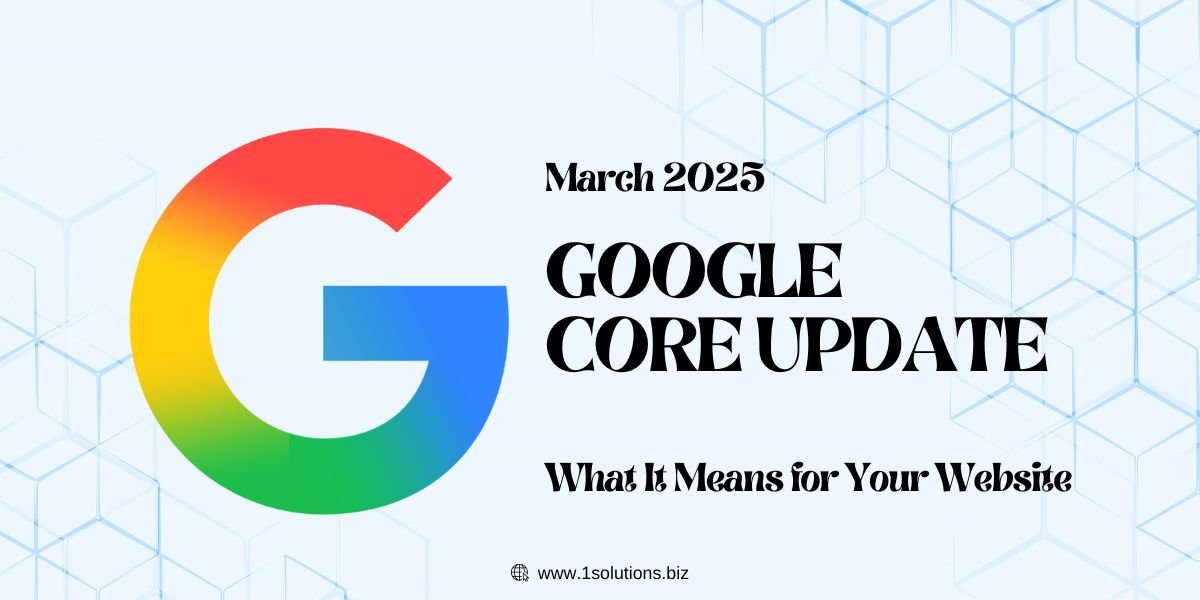

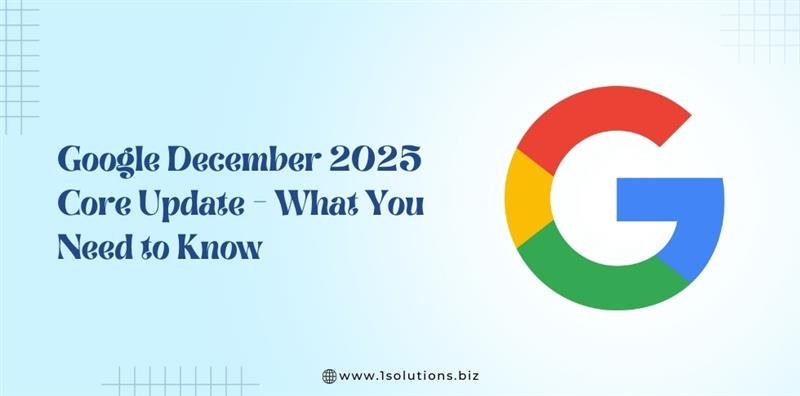
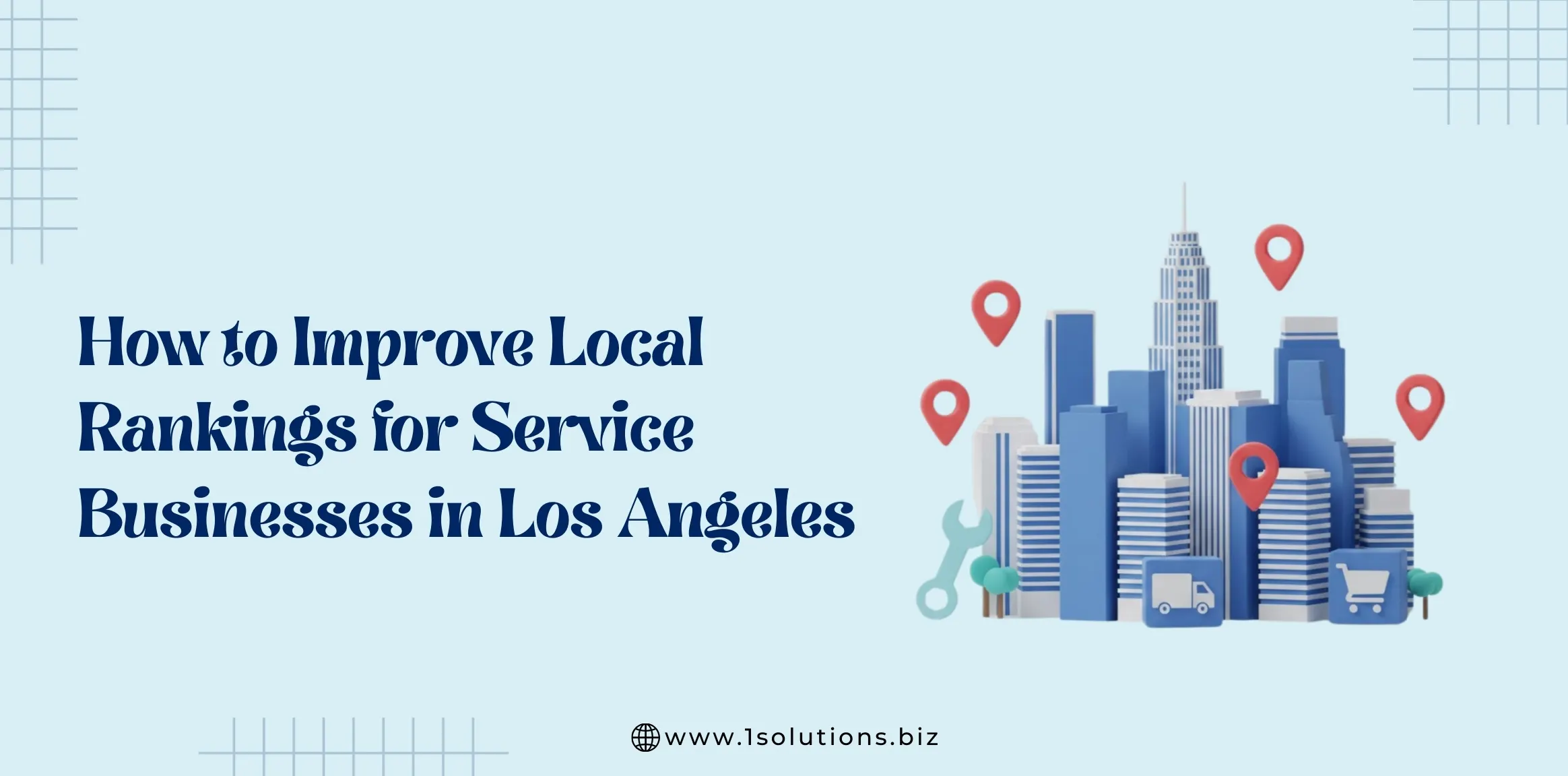
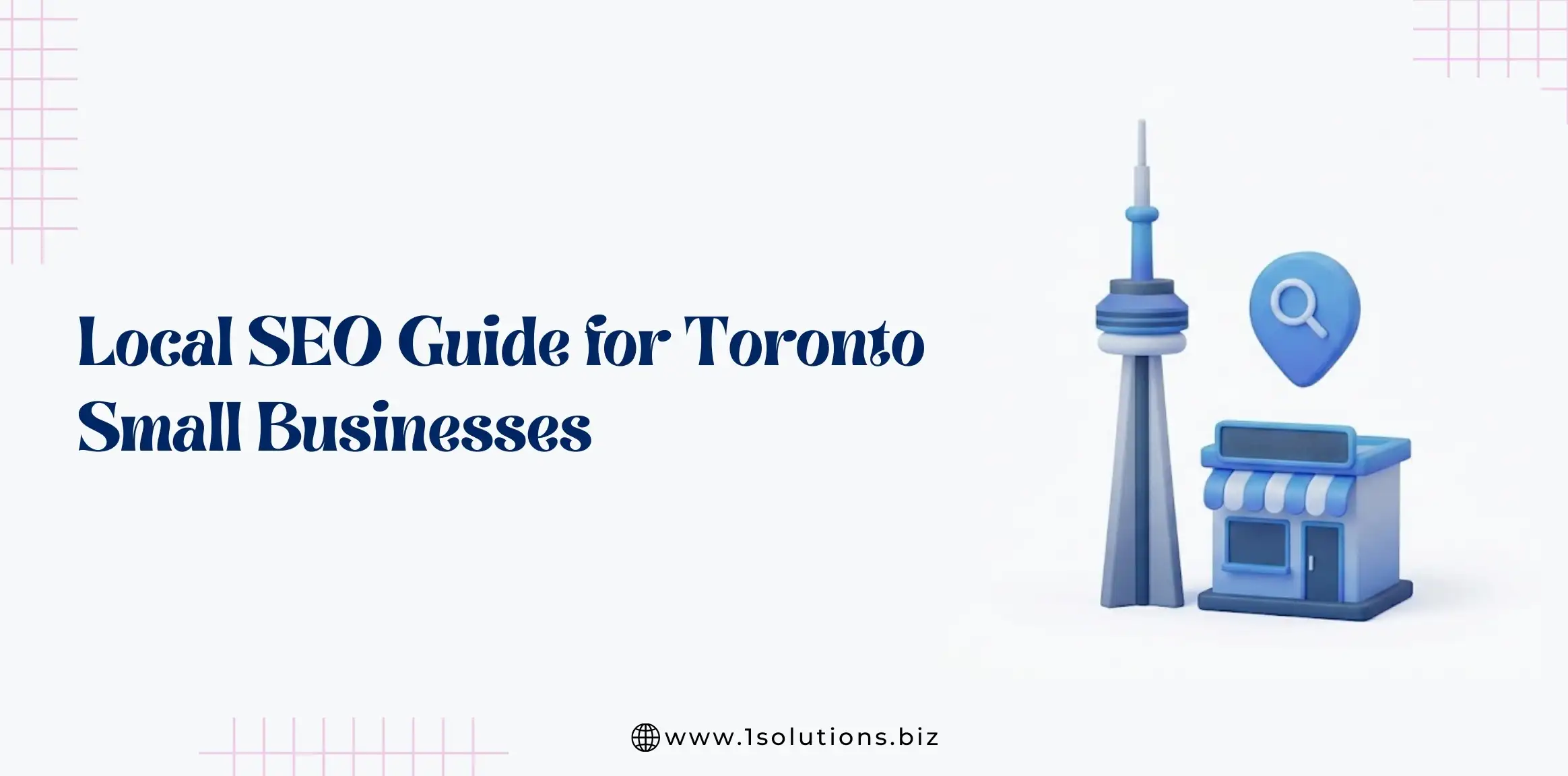

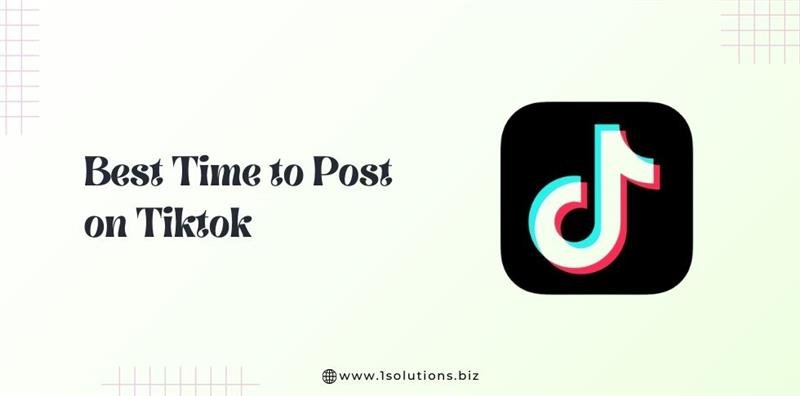
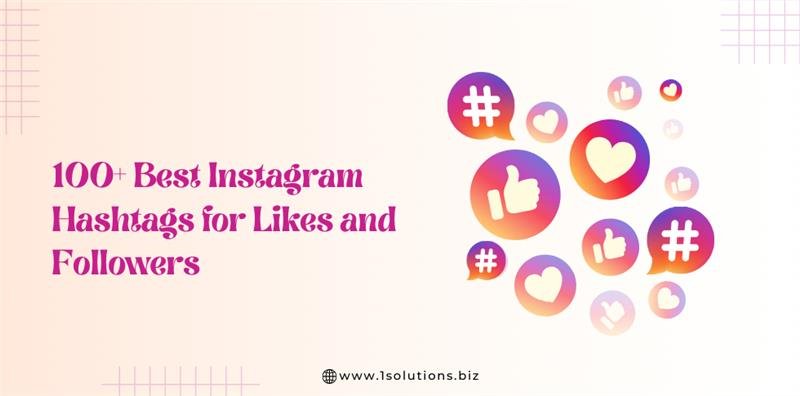
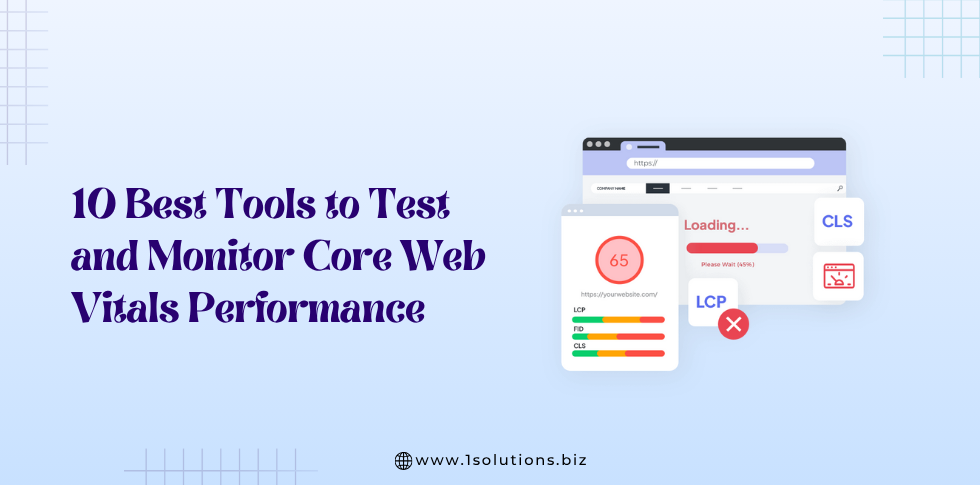



 in India
in India